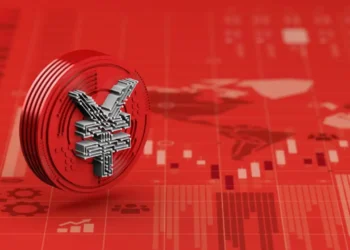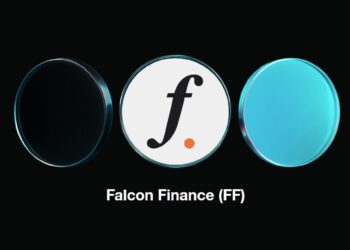Last updated on November 17th, 2022 at 01:49 pm
High-risk assets such as crypto and equities have been experiencing a downtrend throughout 2022 due to weak macroeconomic conditions exacerbated by Russia’s invasion of Ukraine in February. DeFi tokens, however, have been hit harder than the rest of the market.
Although DeFi has a clear product-market fit and solid fundamentals, several of the space’s major assets have been bearish for more than a year.
Since their all-time high in May 2021, Compound, Uniswap, Aave, and MakerDAO have lost between 80% and 92.5 percent of their value. Aside from the fact that almost all markets have been down this year, with the Nasdaq down 27% and Bitcoin down 57.5%, DeFi has been hit much harder than nearly all other crypto assets.
MakerDAO’s MKR token has dropped to about $1,300, down more than 79 percent from its all-time high price of $6,292 in May 2021. This values it at $1.1 billion, well below DAI’s $6.8 billion market valuation. Interestingly, despite MKR’s poor price performance, Maker’s fundamentals have improved in the last year. Maker’s monthly revenues have averaged over $7.2 billion, a slight decrease from its monthly average of around $7.41 billion in 2021. DAI’s market capitalization has increased by roughly 40%, demonstrating that it is still valuable for the DeFi ecosystem. Following the fall of Terra’s UST, DAI restored its position as crypto’s top decentralized stablecoin, weeks after Terra’s Do Kwon promised to kill DAI.
Aave, DeFi’s most popular money market protocol, is also experiencing difficulties. Despite seemingly better fundamentals, the AAVE token is trading for around $98, down almost 85% from its all-time high of $661 in May 2021. Terra’s wipeout spread to the DeFi sector, draining liquidity from Aave and other protocols.
Uniswap, the largest decentralized cryptocurrency exchange, has had a challenging year in terms of price performance. UNI, Uniswap’s governance token, is now selling at around $5.60 per token, down 87.4 percent from its peak of $44.92 in May 2021. Uniswap, on the other hand, hasn’t seen a significant drop in its foundations. Before Terra’s crash, the platform’s total value locked across all liquidity pairings was roughly $7.8 billion, slightly lower than its all-time high of around $10.3 billion. Uniswap, on the other hand, has a monthly average trading volume of roughly $46 billion. Uniswap handled approximately $31 billion in May 2021. UNI has continued to suffer since then.
In the summer of 2020, DeFi had a successful run, introducing yield farming and a flurry of trading activity dubbed “DeFi summer.” In early 2021, it outperformed the overall market, but the crypto sector has been hammered since the May 2021 crypto meltdown. The returns on DeFi ventures are even lower when measured in Bitcoin and Ethereum. While DeFi’s price performance has been poor compared to the rest of the market, other crypto sectors like NFTs and “alternative Layer 1” gained traction in the second half of 2021. The DeFi decline is showing no improvement now that the entire space is in distress.
If you would like to read more news articles like this, visit DeFi Planet and follow us on Twitter, LinkedIn, Facebook, and Instagram.
“Take control of your crypto portfolio with MARKETS PRO, DeFi Planet’s suite of analytics tools”





















